LUMA System methods
Explore 36 human-centered design methods, organized into three fundamental design skills
 Looking
Looking
 Understanding
Understanding
 Making
Making
ETHNOGRAPHIC RESEARCH
PEOPLE & SYSTEMS
CONCEPT IDEATION
PARTICIPATORY RESEARCH
PATTERNS & PRIORITIES
MODELING & PROTOTYPING
EVALUATIVE RESEARCH
PROBLEM FRAMING
DESIGN RATIONALE
 Looking: Methods for observing human experience
Looking: Methods for observing human experience
Ethnographic Research
Stepping out of your native environment to learn what people do in the places they inhabit is a great way to discover opportunities for innovation. The methods in this grouping are good for studying human behavior in its natural setting.

Interviewing
A technique for gathering information through direct dialogue

Fly-on-the-Wall Observation
An approach to conducting field research in an unobtrusive manner

Contextual Inquiry
An approach to interviewing and observing people in their own environment

Walk-a-mile Immersion
A way of building empathy for people through firsthand experience
Participatory Research
Innovators offer solutions that people don’t even know they want. This cluster of methods allows you to engage with your intended audience by equipping them with creative ways to express themselves. If you pay close attention you’ll discover critical and latent needs.
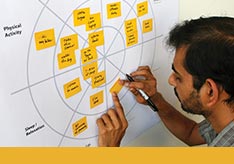
What's on Your Radar?
An exercise in which people plot items according to personal significance

Buy a Feature
A game in which people use artificial money to express trade-off decisions
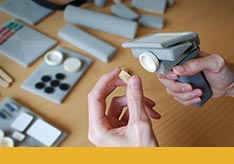
Build Your Own
An activity in which people express ideal solutions using symbolic elements

Journaling
An activity that invites people to record personal experiences in words and pictures
Evaluative Research
When you look at things critically, with an eye toward improvement, you set your course in the direction of making things better. These methods are good for assessing the usefulness and usability of solutions meant to serve people in new and better ways.
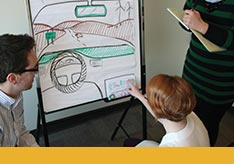
Think-Aloud Testing
A testing format where people narrate their experience while performing a given task

Heuristic Review
An auditing procedure based on ten rules of thumb for good design

Critique
A forum for people to give and receive constructive feedback

System Usability Scale
A short survey for quantifying feedback from subjective assessments of usability
 Understanding: Methods for analyzing challenges and opportunities
Understanding: Methods for analyzing challenges and opportunities
People & Systems
Innovation happens when you understand a subject area so well that you are able to transcend and sometimes even reinvent it. This cluster of methods will support your ability to consider all kinds of people, places, and things in your pursuit of creating new value.

Stakeholder Mapping
A way of diagramming the network of people who have a stake in a given system

Persona Profile
An informed summary of the mindset, needs, and goals typically held by key stakeholders
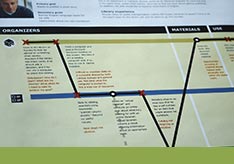
Experience Diagramming
A way of mapping a person’s journey through a set of circumstances or tasks

Concept Mapping
A way of depicting the relationships between various concepts in a given topic area
Patterns & Priorities
The dual act of finding patterns and determining prioritization is essential in pursuing innovation. The methods in this grouping encourage clear and critical thinking. They are good for discerning what is related, what is relevant, and what is important.
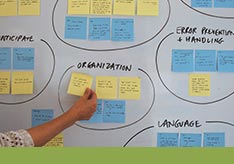
Affinity Clustering
A graphic technique for sorting items according to similarity

Bull's-eye Diagramming
A way of ranking items in order of importance using a target diagram
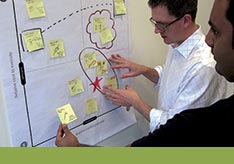
Importance/Difficulty Matrix
A quad chart for plotting items by relative importance and difficulty

Visualize the Vote
A quick poll of collaborators to reveal preferences and opinions
Problem Framing
To be an effective problem solver, you need to be a creative problem framer. In many cases, innovative solutions emerge out of a different way of characterizing the problem. These invaluable methods help you to think differently by enabling you to ask differently.
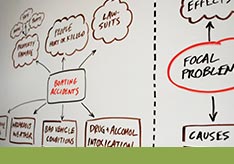
Problem Tree Analysis
A way of exploring the causes and effects of a particular issue

Statement Starters
An approach to phrasing problem statements that invites broad exploration
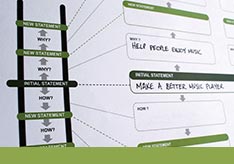
Abstraction Laddering
A way of reconsidering a problem statement by broadening or narrowing its focus

Rose, Thorn, Bud
A technique for identifying things as positive, negative, or having potential
 Making: Methods for envisioning future possibilities
Making: Methods for envisioning future possibilities
Concept Ideation
Conceiving great ideas is only part of the equation for innovation, yet it is absolutely essential. These methods are a good alternative to conventional brainstorming techniques. They will accelerate and expand your ability to generate new concepts.

Thumbnail Sketching
A series of small drawings used to quickly explore a variety of ideas
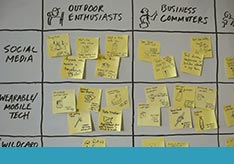
Creative Matrix
A format for sparking new ideas at the intersections of distinct categories

Round Robin
An activity in which ideas evolve as they are passed from person to person

Alternative Worlds
A way of using different perspectives to help generate fresh ideas
Modeling & Prototyping
Aversion to risk is a major barrier to innovation. If you are afraid to fail, you will fall prey to the habit of insufficient experimentation. This cluster of methods will help you bring new ideas to life and take controlled risks through fast and frequent iteration.

Storyboarding
A series of images showing the key elements and interactions of a new scenario
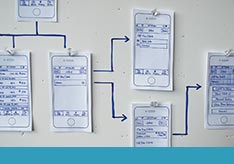
Schematic Diagramming
An outline of the structure and essential components of a system

Rough & Ready Prototyping
A rapidly built model of a new idea that approximates its appearance and behavior

Appearance Modeling
A refined model of a new idea that emphasizes the visual styling
Design Rationale
Unfortunately, many good ideas fail to become innovations simply because their creators fail to convey the concept’s full potential. The methods in this grouping help you compel others to take the necessary actions for great ideas to flourish.

Concept Poster
A presentation format illustrating the main points of a new idea
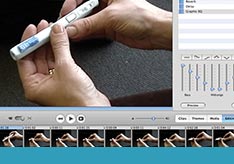
Video Scenario
A short movie showing the attributes of a new concept in use

Cover Story Mock-up
A mock news article describing the successful future of a new idea
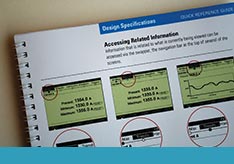
Quick Reference Guide
A short document summarizing the key principles and elements of a proposed solution
